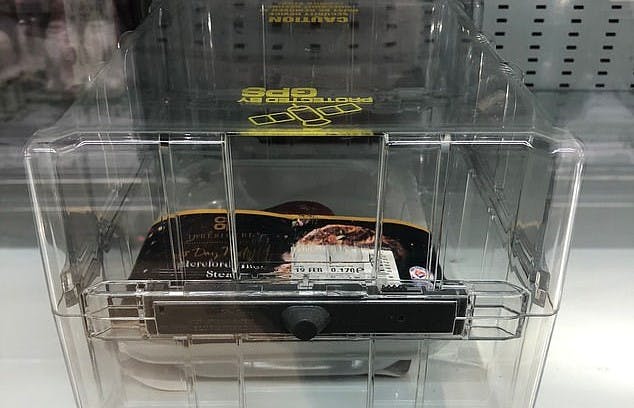
Managing Losses on Fresh Meat: Latest Practices.
Our working group met recently to swap notes on managing the problem of unknown losses in the fresh meat category. Here are the key takeaways and latest retailer practices.
First, losses attributable to fresh meat are substantial [and growing]
Retailers in the meeting consistently shared that losses on meat were growing, and could account for over a third of the total unknown losses for their business. For a large European supermarket, that could be €300k per year for just one category.
At the individual sku level, some of the retailers were reporting losses on certain hot sku's, such as a leg of lamb, to be over 8% of sales.
Instinctively, there was a view that the losses could be attributed to theft, and linked to the cost of living crisis being experienced globally. However, the discussion revealed some non malicious causes of losses that were contributing.
Second, catch weight pricing and variable prices create system errors.
Several retailers shared that moving to fixed pricing has helped remove some of the problems related to variable pricing, Making these changes was not a short or easy change, however, the impact on losses had been significant.
Thirdly, range choices and display locations can make a positive difference.
Retailers reported how they were trimming the range in their high risk stores. One retailer reported the removal of a multi-pack steak offering had made a significant difference.
Looking at location in the store, one retailer shared how by moving their steaks to a high traffic, highly visible location in the store, where the products could be observed by shoppers and store associates, they were delivering both higher sales, and lower losses.
Fourthly, source tagging is gaining traction in fresh meat loss reduction
In previous meetings, retailers had reported that the addition of a highly visible security claim "this product is security protected" and a soft tag on legs of lamb, steaks, etc can reduce losses by up to 50%, deterring the opportunist thief. In response to the growth, a significant number of the retailers were now deploying or looking to expand the deployment of EAS source tagging on this category.
One concern with source tagging has been self-checkout, and how the items could be reliably deactivated without creating too much extra friction and additional false alarms at the pedestals.
Finally, adding friction is becoming seen as a solution of last resort.
Whether this was in the form of hard security tags, nets or safer cases, the addition of these devices was seen as regrettable but unavoidable, with results suggesting a >30% improvement in losses for some of the retailers in the meeting.
Looking forward, retailers in the meeting shared the potential role for new technologies such as RFID or BLE, to support tracking and improved visibility to inventory. There was some interest also in smart display cabinets.
To learn a bit more, click to view recap video with Professor Beck
Apr 4, 2024
Main office
ECR Community a.s.b.l
Upcoming Meetings
Join Our Mailing List
Subscribe© 2023 ECR Retails Loss. All Rights Reserved|Privacy Policy
